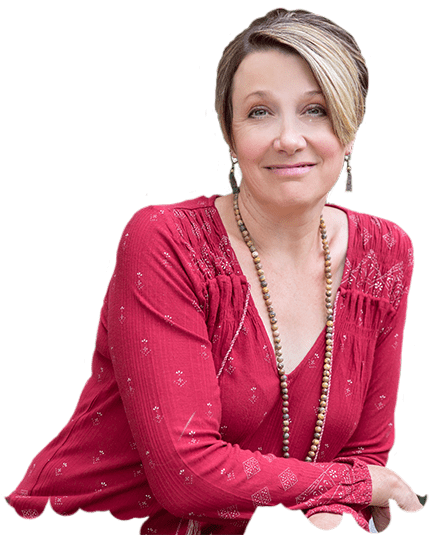One of the most important things we can do when our child is diagnosed with scoliosis is to educate ourselves and our child. Knowledge is power, and being empowered makes us an advocate for our child and gives them a feeling of control.
Knowing your child’s degree of curvature isn’t enough. Knowing which way their spine curves and understanding the concave side vs the convex side can make a world of difference in improving the curve.
 Let’s talk about your child’s degree first. When someone is diagnosed with scoliosis, they are given a degree of curvature. The degrees fall into 3 catagories:
Let’s talk about your child’s degree first. When someone is diagnosed with scoliosis, they are given a degree of curvature. The degrees fall into 3 catagories:
Mild: less than 20 degrees
Moderate: 25-40 degrees
Severe: 40+ degrees
Most often when diagnosed, a child will present with mild scoliosis.
Anatomy 101
Cervical spine: upper back and neck
Thoracic spine: mid back
Lumbar spine: lower back
Types of Curves:
C curve: the spine curves in one direction, either right or left, beginning to make the shape of the letter C. This could be a right cervical, thoracic or lumbar curve, or a left cervical, thoracic or lumbar curve.
S Curve:
This is when the spine begins to resemble the letter S, with the cervical or thoracic region curving one way and the lumbar the other.
Scoliosis is more than just a curve to one side or the other. As it curves, the spine also rotates or twists, kind of like the stripes on a candy cane. The more the spine curves, the more it will rotate, pulling the ribs along with it, and cause one side of the chest to become higher or change the shape of the breastbone and can even cause a hump on one side of the back.
Concave vs Convex
The side of the body the spine curves toward is considered the concave side. Imagine looking into the “C” shape much like you would looking into a cave. The muscles on this side become tight and shortened, as if the two tips of the “C” are pulling toward one another.
The convex side is the opposite side, the side the spine is curving away from. This side of the body becomes lax, lengthened and weak.
With an S curve, your child will have more than one “cave” and more than one convex area.
Knowing these opposing sides will help with any movement program used to stablize or improve the curvature(s).



